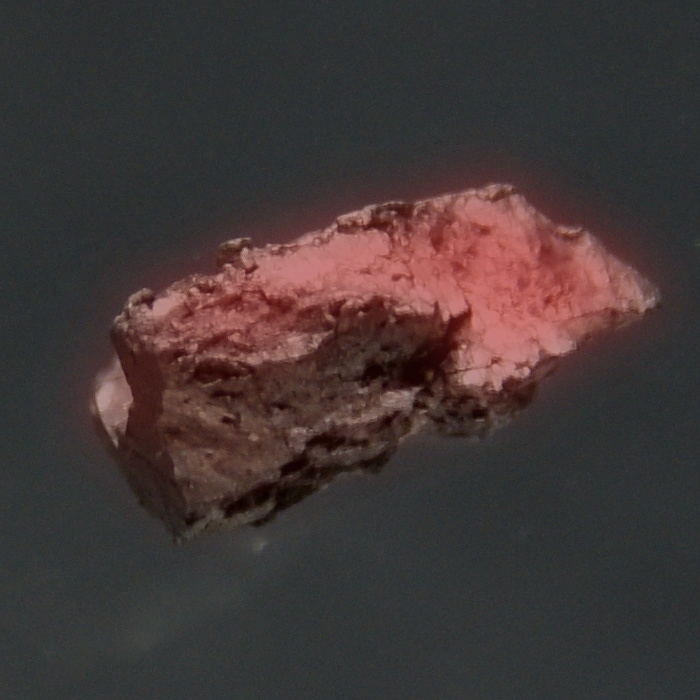Kurium
96
Cm
Kumpulan
Tiada
Kala
7
Blok
f
Proton
Elektron
Neutron
96
96
151
Ciri-Ciri Am
Nombor atom
96
Berat atom
[247]
Nombor jisim
247
Kategori
Aktinid
Warna
Perak
Radioaktif
Ya
Curium is named after Madame Curie and her husband Pierre Curie
Struktur hablur
Hexagonal Ringkas
Sejarah
Curium was discovered by Glenn T. Seaborg, Ralph A. James and Albert Ghiorso in 1944 at the University of California, Berkeley.
It was produced by bombarding plutonium with alpha particles during the Manhattan Project.
Curium metal was produced only in 1951 by reduction of curium fluoride with barium.
It was produced by bombarding plutonium with alpha particles during the Manhattan Project.
Curium metal was produced only in 1951 by reduction of curium fluoride with barium.
Bilangan elektron per petala
2, 8, 18, 32, 25, 9, 2
Konfigurasi elektron
[Rn] 5f7 6d1 7s2
Curium accumulates in the bones, lungs and liver, where it promotes cancer
Ciri-Ciri Fizikal
Fasa
Pepejal
Ketumpatan
13.51 g/cm3
Takat lebur
1613.15 K | 1340 °C | 2444 °F
Takat didih
3383.15 K | 3110 °C | 5630 °F
Haba pelakuran
Tiada kJ/mol
Haba pengewapan
Tiada kJ/mol
Muatan haba molar
- J/g·K
Banyak pada kerak bumi
Tiada
Banyak pada alam semesta
Tiada

Nombor CAS
7440-51-9
Nombor PubChem CID
Tiada
Ciri-Ciri Atom
Jejari atom
174 pm
Jejari kovalen
169 pm
Keelektronegatifan
1.3 (Skala Pauling)
Kebolehan mengion
5.9915 eV
Isipadu atom
18.28 cm3/mol
Daya pengaliran terma
0.1 W/cm·K
Keadaan pengoksidaan
3, 4
Aplikasi
Curium is mainly used for scientific research purposes.
Curium is a common starting material for the production of higher transuranic elements and transactinides.
The most practical application of 244Cm is as α-particle source in the alpha particle X-ray spectrometers (APXS).
Curium is a common starting material for the production of higher transuranic elements and transactinides.
The most practical application of 244Cm is as α-particle source in the alpha particle X-ray spectrometers (APXS).
Curium is harmful due to its radioactivity
Isotop
Isotop stabil
-Isotop tidak stabil
233Cm, 234Cm, 235Cm, 236Cm, 237Cm, 238Cm, 239Cm, 240Cm, 241Cm, 242Cm, 243Cm, 244Cm, 245Cm, 246Cm, 247Cm, 248Cm, 249Cm, 250Cm, 251Cm, 252Cm